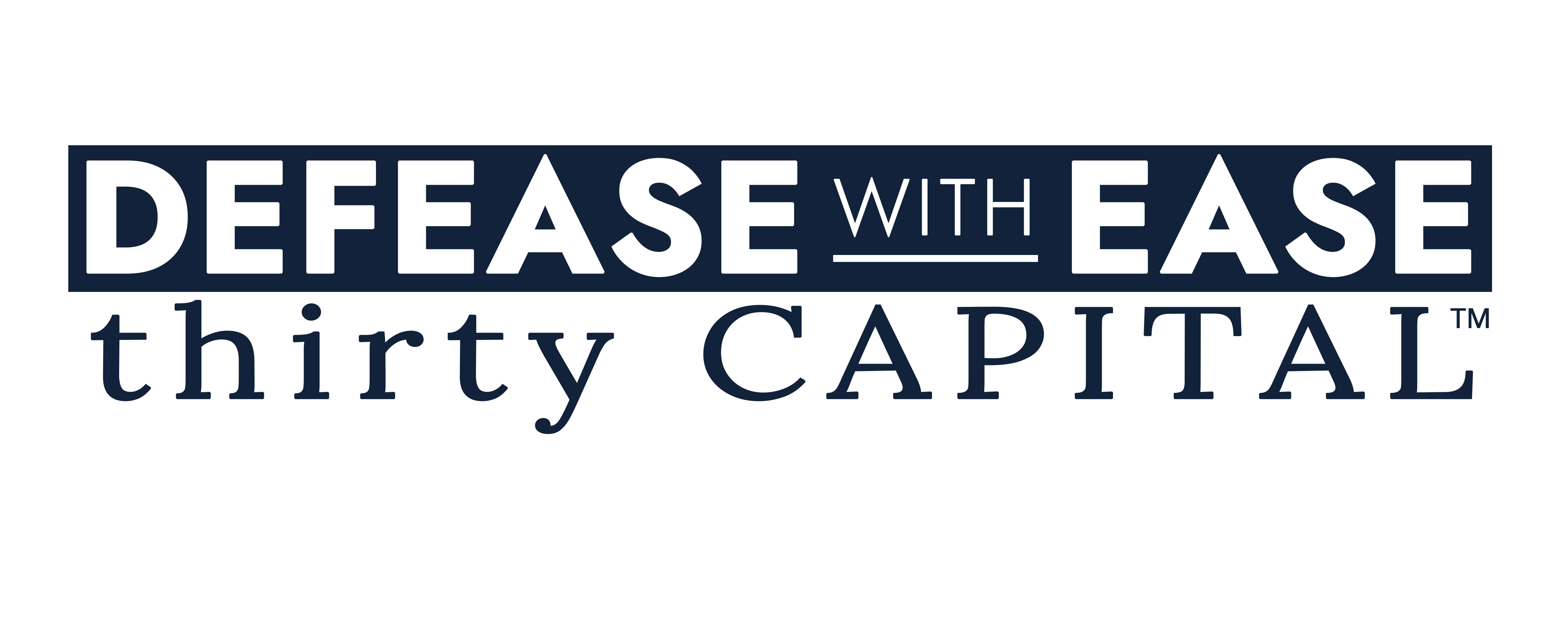The Federal Reserve’s monetary policy plays a pivotal role in shaping the landscape of commercial real estate (CRE) financing. For CRE operators, understanding the Fed’s actions— particularly the Fed’s dot plot—can offer guidance on borrowing costs and interest rate trends.
In this article, we will dive into the Fed’s dot plot, explaining what it is, how to interpret it, and its direct implications for CRE borrowing costs. By understanding the Fed’s projections and actions, CRE professionals can better anticipate rate changes and make more informed, data-driven decisions regarding their debt portfolios.
What is the Fed’s Dot Plot?
The Fed’s dot plot is a visual representation of the Federal Reserve’s interest rate projections over the next few years, presented by members of the Federal Open Market Committee (FOMC). It is released quarterly after FOMC meetings and shows the expected path of the federal funds rate based on individual members’ forecasts. The plot is called a “dot plot” because each member’s forecast is represented by a dot, placed on a graph with the x-axis showing the years (e.g., 2023, 2024, 2025) and the y-axis showing each member’s projection for the midpoint of the target range for the federal funds rate.
Each member of the FOMC provides their own outlook on where they think the federal funds rate should be at specific points in time. These dots reflect the FOMC members’ views on economic conditions such as inflation, unemployment, and GDP growth. It is important to note that the dot plot is not a commitment by the Fed to follow a specific course of action but rather a projection of their expected path for interest rates based on current economic conditions.
The Fed’s dot plot offers a glimpse into the central bank’s thinking, providing market participants with a better understanding of the Fed’s views on future economic conditions and its likely actions in response. For CRE operators, this insight is invaluable when considering how to structure debt and plan for future borrowing costs.
How the Fed’s Dot Plot Impacts CRE Borrowing Costs
The federal funds rate, which the dot plot forecasts, is the interest rate at which depository institutions lend reserve balances to other depository institutions overnight. While this rate directly impacts short-term borrowing, it also indirectly affects longer-term borrowing costs through market expectations and yield curve movements. CRE debt, particularly floating-rate loans and loans tied to benchmarks like SOFR (Secured Overnight Financing Rate), is closely influenced by the federal funds rate.
A change in the federal funds rate impacts borrowing costs for CRE professionals in the following ways:
- Interest Rate on Floating-Rate Loans: The majority of CRE loans with variable interest rates are tied to a benchmark plus a spread. Since these benchmarks are influenced by the federal funds rate, any forecasted increase in the fed funds rate suggests an increase in the borrowing cost for floating-rate loans. Rising rate forecasts in the dot plot signal the potential for higher costs on floating-rate debt — an important consideration for operators reviewing their capital stack.
- Fixed-Rate Loan Borrowing Costs: While fixed-rate loans are not directly tied to the federal funds rate, long-term rates are influenced by the overall economic environment, which is shaped by Fed policy. An anticipated rise in the fed funds rate can cause long-term interest rates to rise as well, resulting in higher borrowing costs for CRE operators seeking to secure fixed-rate loans.
- Capital Market Impact: The Fed’s policy stance, as indicated by the dot plot, can influence investor sentiment in the capital markets. If the dot plot signals that the Fed is likely to raise rates, investors may demand higher returns on long-term debt, which can lead to higher yields on CRE bonds or other financing instruments. This, in turn, increases borrowing costs for CRE operators who tap into the bond market to finance their projects.
Interpreting the Fed’s Actions for CRE Debt Strategy
CRE professionals analyzing the Fed’s dot plot can focus on key patterns and signals to better guide their debt decisions:
Projected Rate Hikes or Cuts
The position of the dots on the graph indicates whether FOMC members are anticipating rate hikes, rate cuts, or a hold on rates in the near future. If most of the dots are clustered at higher levels, it signals that the Fed members expect the federal funds rate to rise, which would increase borrowing costs for CRE operators.
For example, if the dot plot shows a consensus among Fed members that rates will rise steadily over the next two years, it could signal to CRE operators that floating-rate debt will become more expensive, making it advantageous to lock in a fixed-rate loan now before rates increase.
The “Dot Spread” and Economic Conditions
The spread between the highest and lowest dots represents the level of uncertainty within the Fed about future rate movements. A wide spread suggests that there is significant uncertainty in economic conditions or that the Fed members have differing views on the appropriate course of action. For CRE operators, this indicates that the future of interest rates is uncertain, and they may want to hedge their debt or adopt a more conservative approach to borrowing.
Conversely, a narrow dot spread may signal greater consensus on future rate moves, indicating that the Fed’s policy is likely to be more predictable. This can help CRE operators make more confident, strategic decisions when structuring debt or refinancing loans. 
Timeline of Projected Rate Moves
The dot plot includes the projected timeline for future rate changes, typically showing projections for the next two to three years. This forecast helps professionals consider whether to act sooner on financing or refinancing decisions. For example, if the dot plot indicates that rates will rise significantly in the next 12 months, it may be prudent to refinance or secure long-term debt now, while rates are still relatively low.
Using the Fed’s Dot Plot to Shape CRE Debt Strategy
Armed with insights from the Fed’s dot plot, CRE professionals can take several steps to optimize their debt strategy:
1. Refinance Early
If the dot plot suggests that interest rates are likely to rise in the near future, CRE professionals with existing floating-rate debt may want to refinance their loans at fixed rates to lock in more favorable terms. Similarly, if an individual has a loan with a maturity date approaching, they may choose to refinance sooner rather than later to avoid higher interest rates down the road.
2. Enter Into Interest Rate Swaps
For CRE professionals with floating-rate debt, the forward-looking nature of the dot plot provides an opportunity to hedge against anticipated rate hikes by entering into interest rate swaps. These financial instruments allow borrowers to exchange variable interest rate payments for fixed ones, protecting them from rising rates and providing more predictable debt servicing costs.
3. Reevaluate Debt Maturity Schedules
The Fed’s dot plot can help owners adjust their debt maturity schedules to better align with expected rate changes. If the dot plot indicates that rates will remain low for an extended period, CRE professionals may prefer to take on long-term debt at current low rates. Conversely, if rates are expected to rise, they might prefer shorter-term debt that can be refinanced before rates increase significantly.
Empowering CRE Operators with Strategic Insights and Expert Support
The Fed’s dot plot is an essential tool for CRE operators to anticipate interest rate trends and strategically plan their debt management. By effectively interpreting the Fed’s projected actions, professionals can proactively manage borrowing costs, hedge against interest rate risk, and secure more favorable financing terms.
At Defease With Ease | Thirty Capital, we specialize in helping CRE operators and decision-makers leverage the Fed’s dot plot alongside a suite of financial and economic tools to make smarter, data-driven decisions. Whether you have general questions about the Fed’s dot plot, are experiencing market pressure, or want to explore debt optimization strategies, book a free session with one of our capital markets debt experts.




